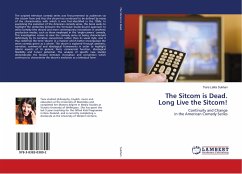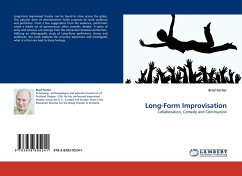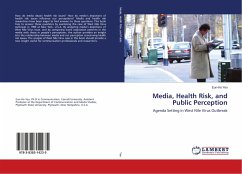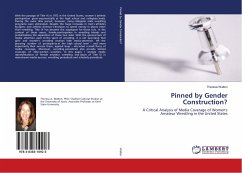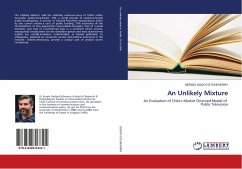The scripted television comedy series was first presented to audiences via the 'sitcom' form and thus the sitcom has continued to be defined by many of the characteristics with which it was first identified in the 1950s. In examining the evolution of the American comedy series, this book seeks to highlight the similarities between the formulaic studio-bound approach to series comedy (the sitcom) and more contemporary innovations in aesthetic production modes, such as those employed in the 'single-camera' comedy. This investigation comes to view the comedy series as being characterised definitively by its narrative conventions rather than its visual style, and it thus redefines the term 'sitcom' in a manner which better encompasses the series comedy genre as a whole. The sitcom is explored through aesthetic, narrative, commercial and ideological frameworks in order to highlight salient aspects of its generic form, commercial function, ideological flexibility and future potential. The analysis of specific case studies demonstrates the tension between innovation and convention which continues to characterise the sitcom's evolution as a televisual form.
Bitte wählen Sie Ihr Anliegen aus.
Rechnungen
Retourenschein anfordern
Bestellstatus
Storno

